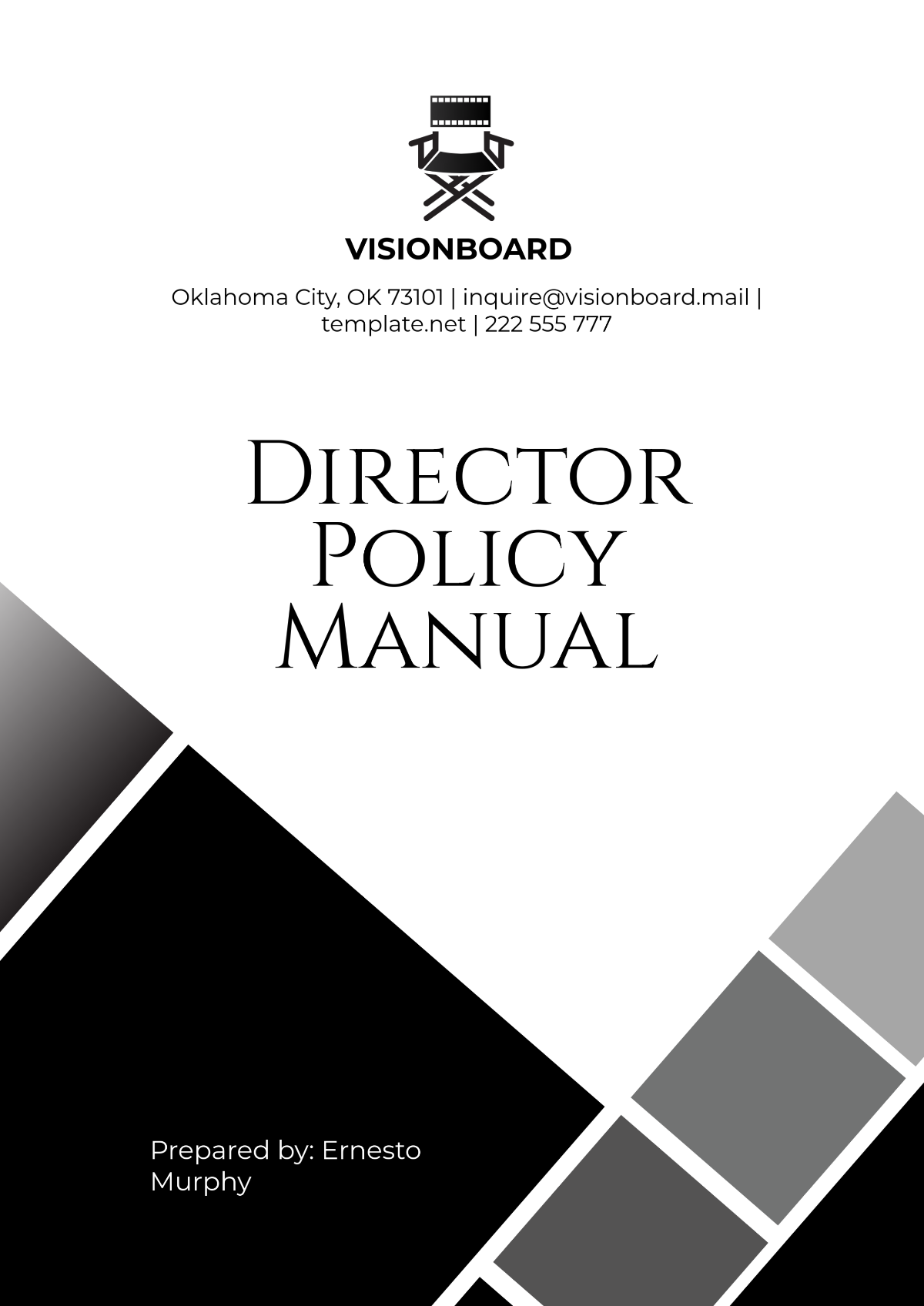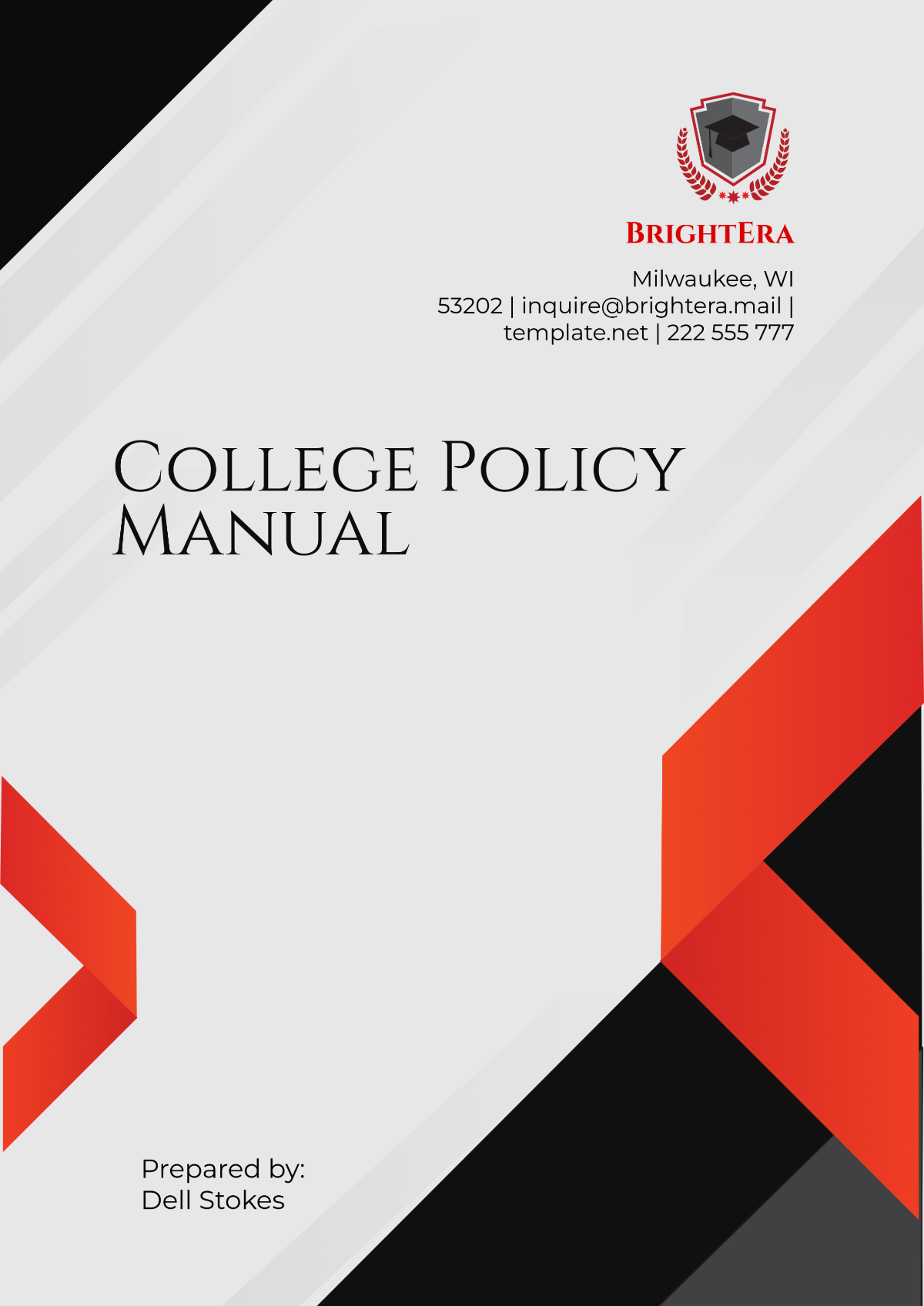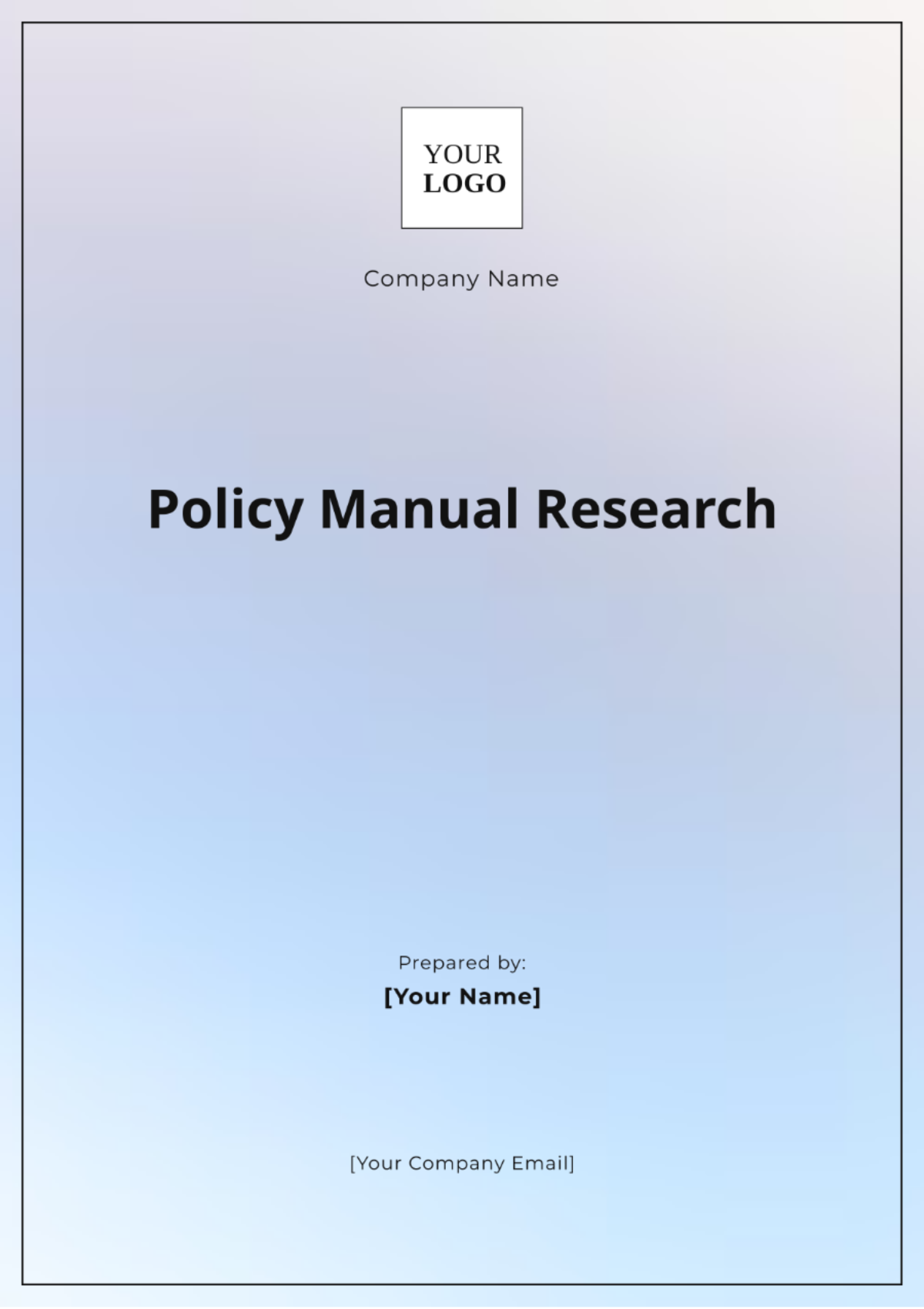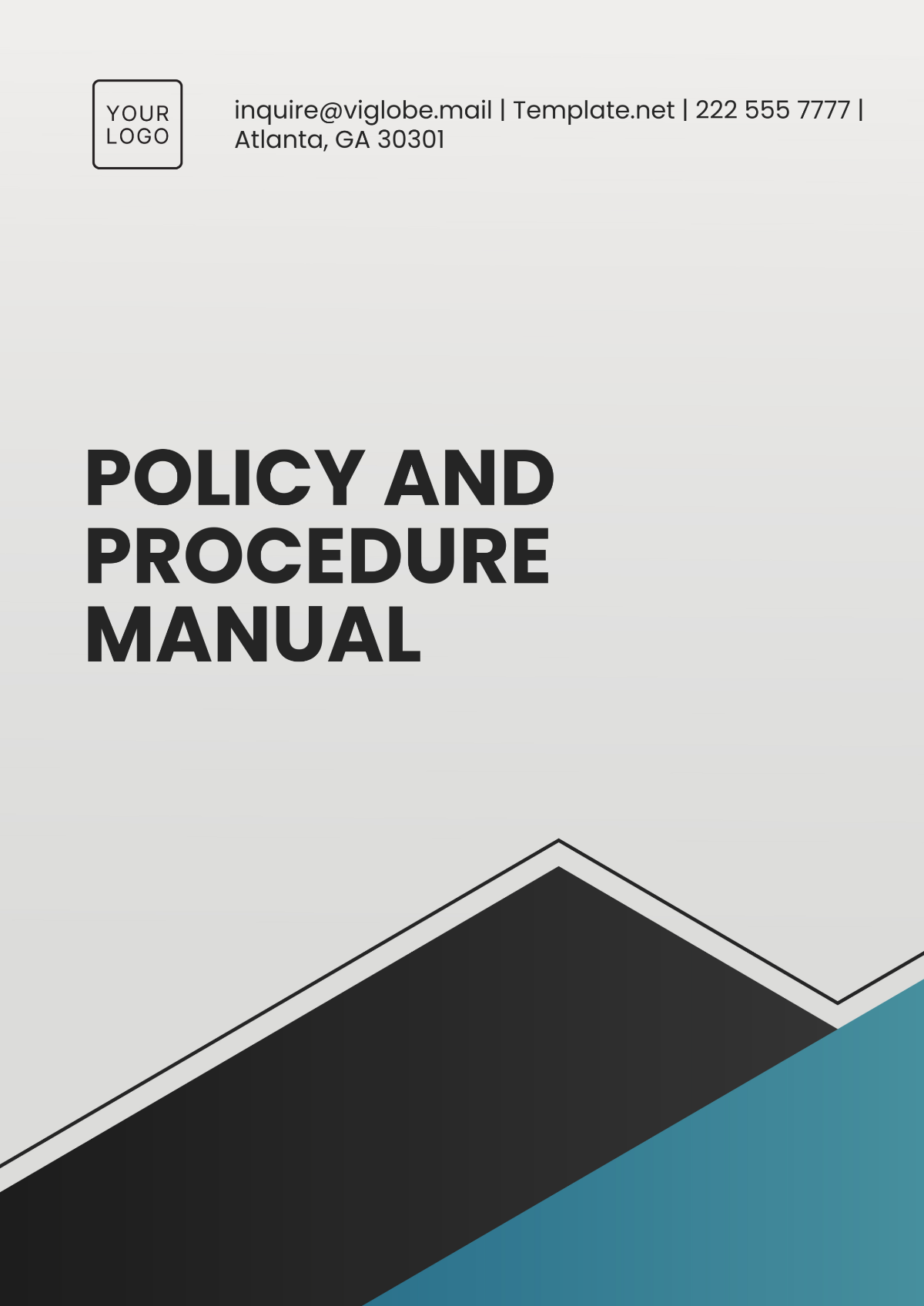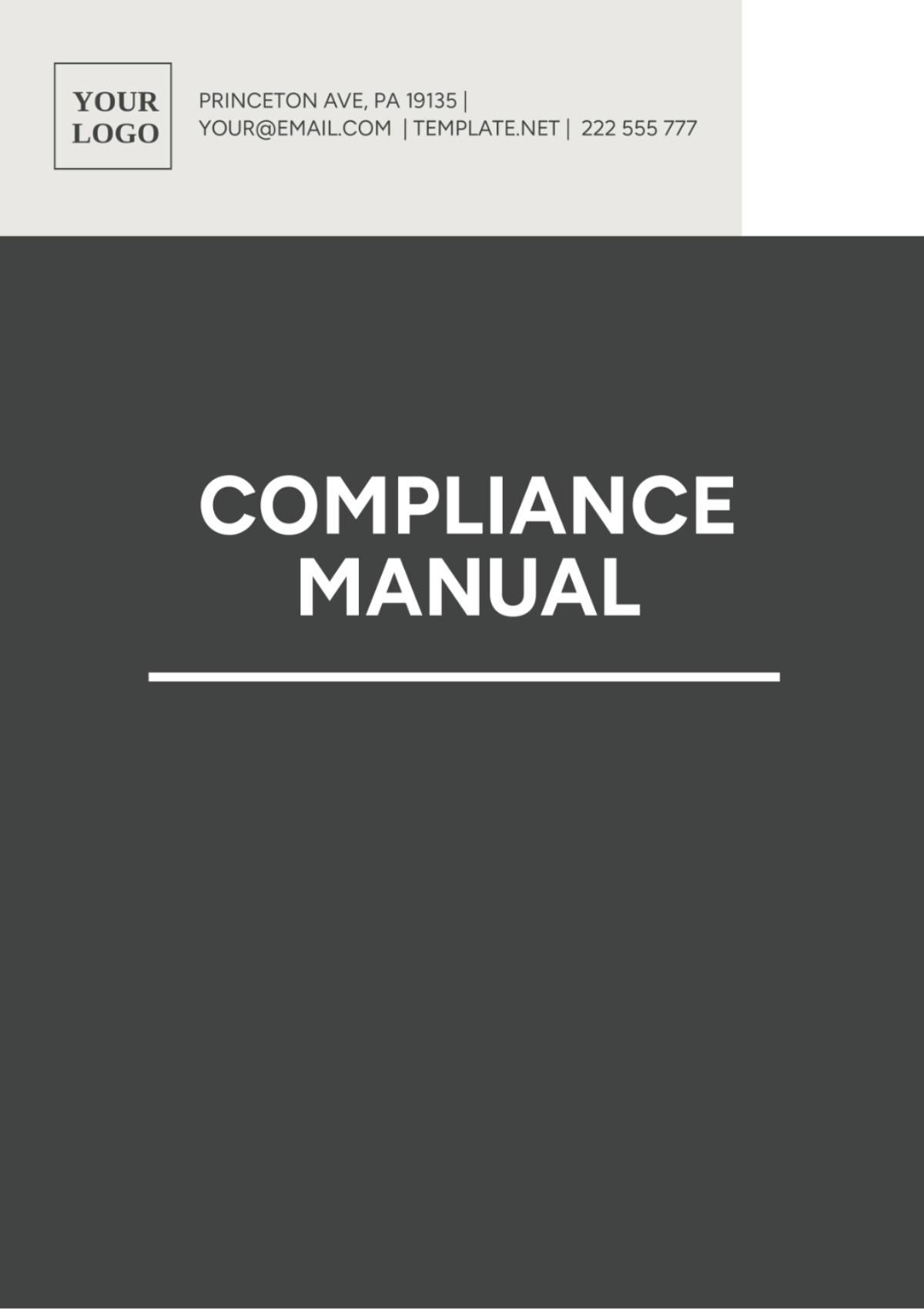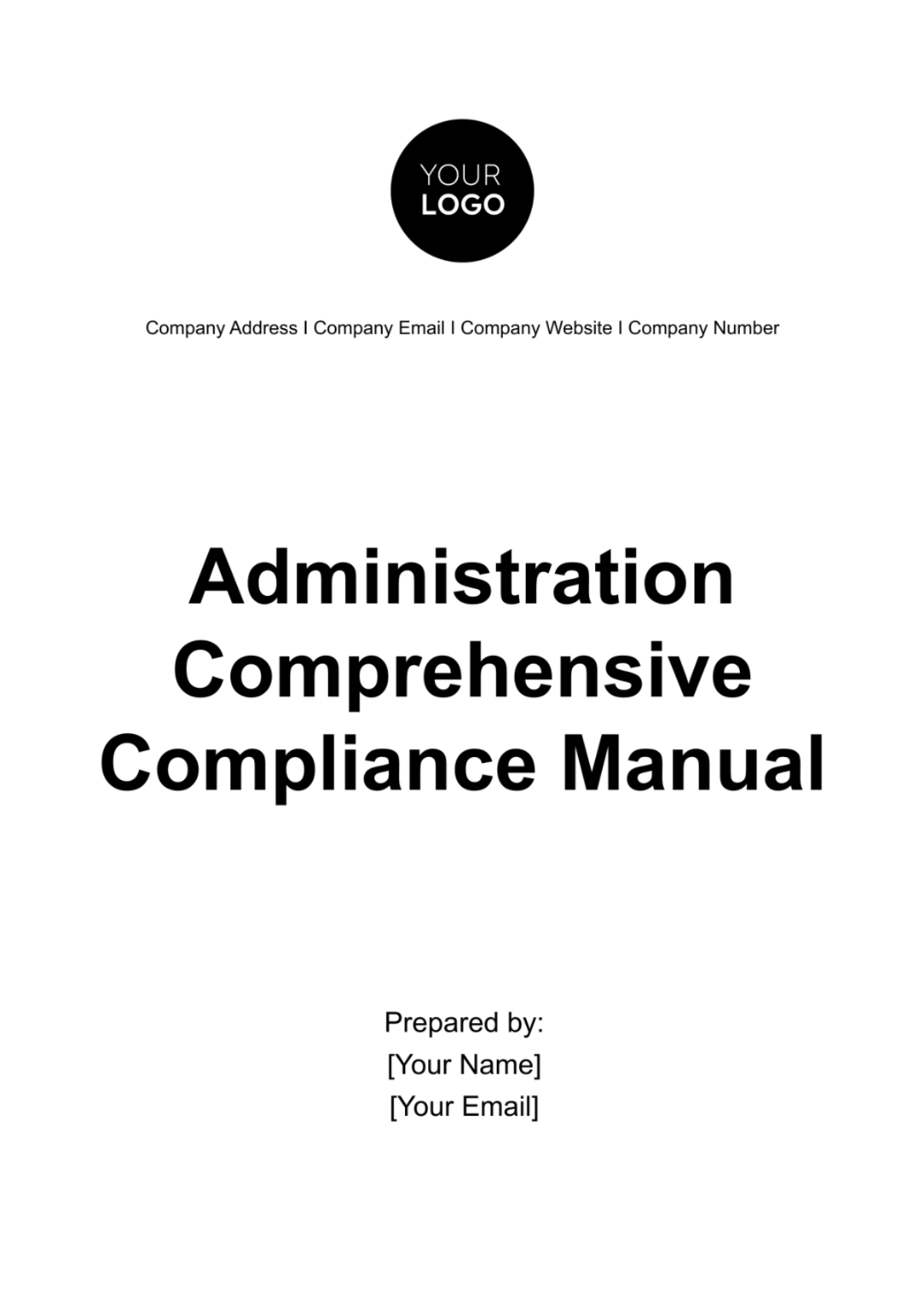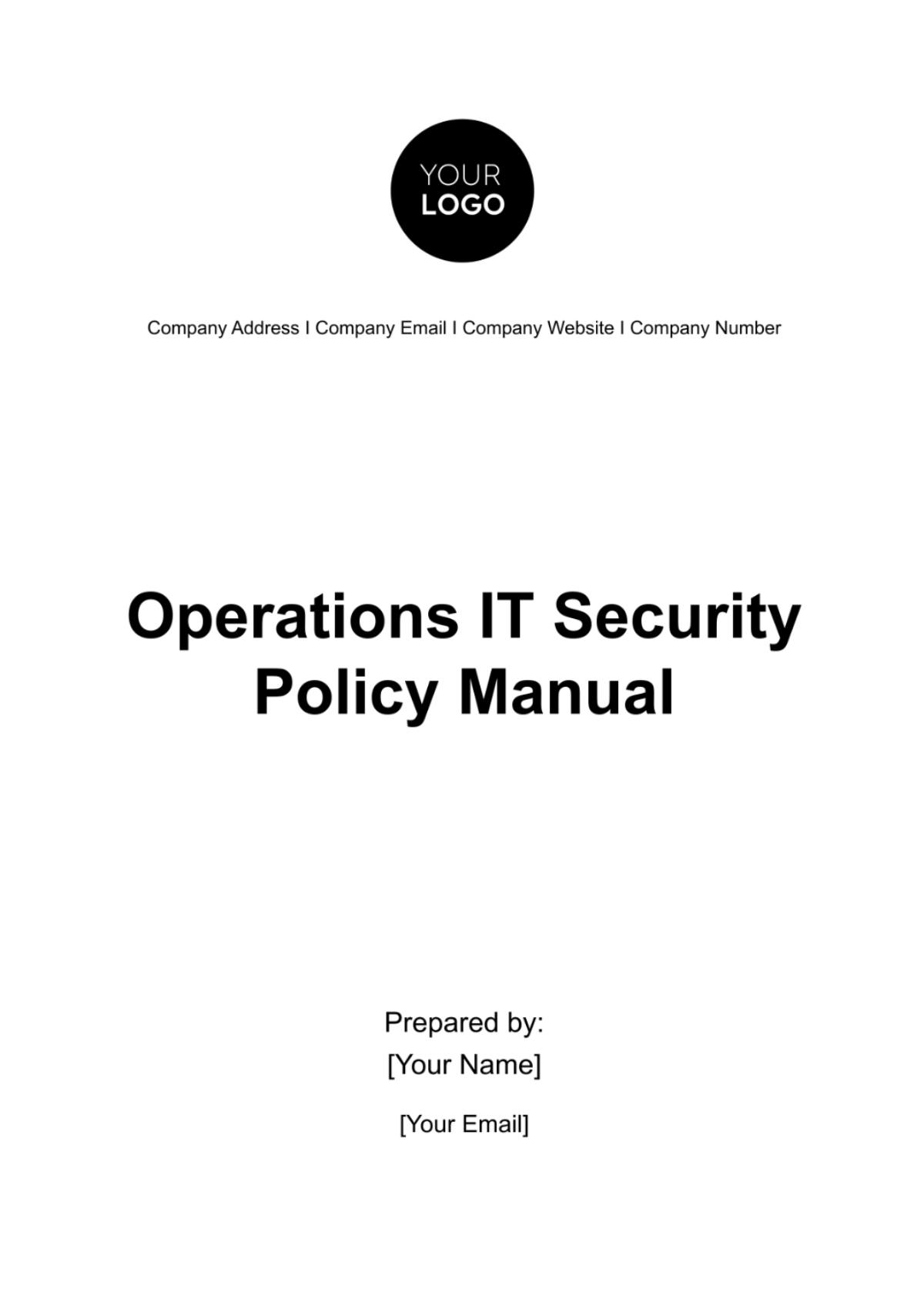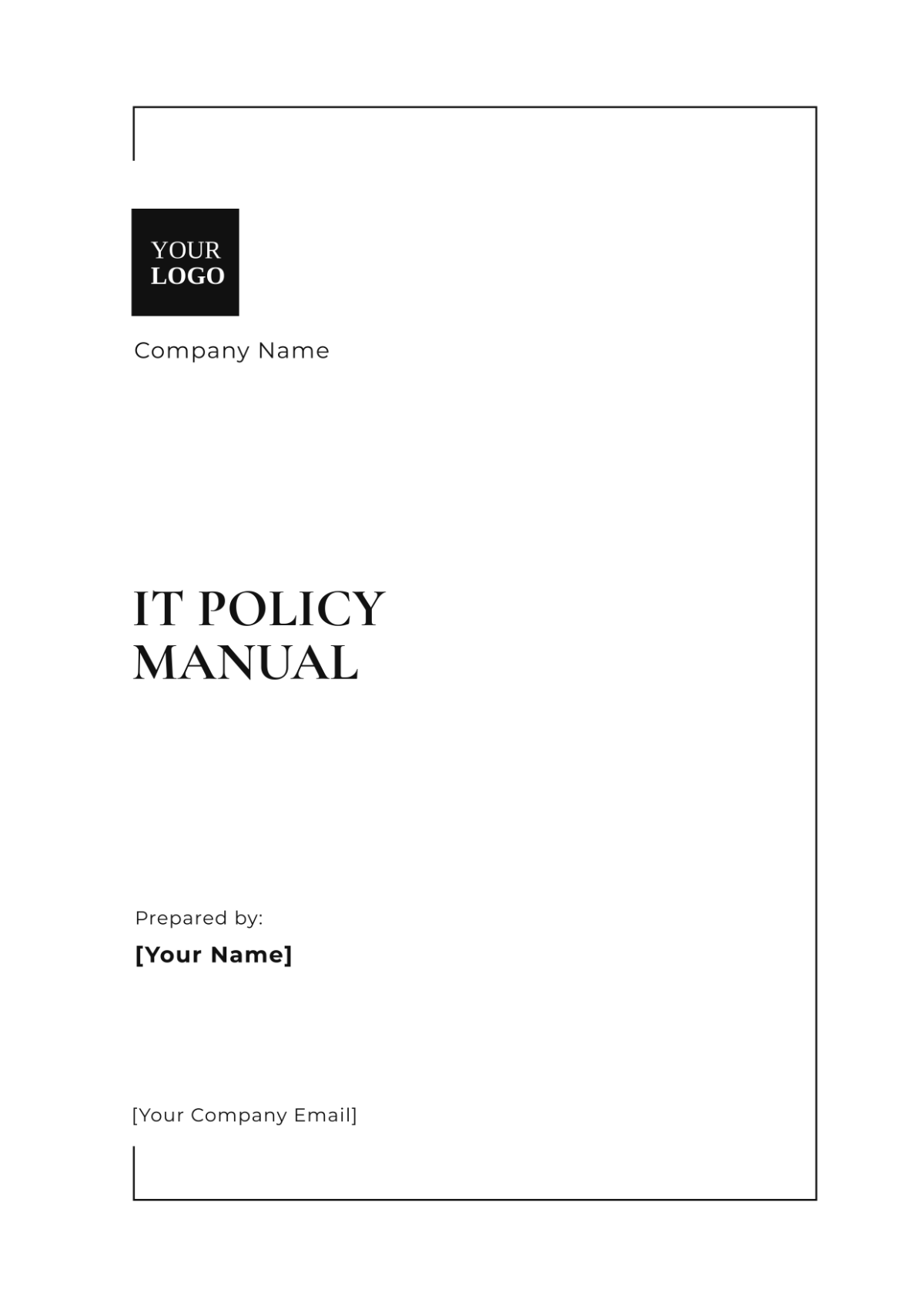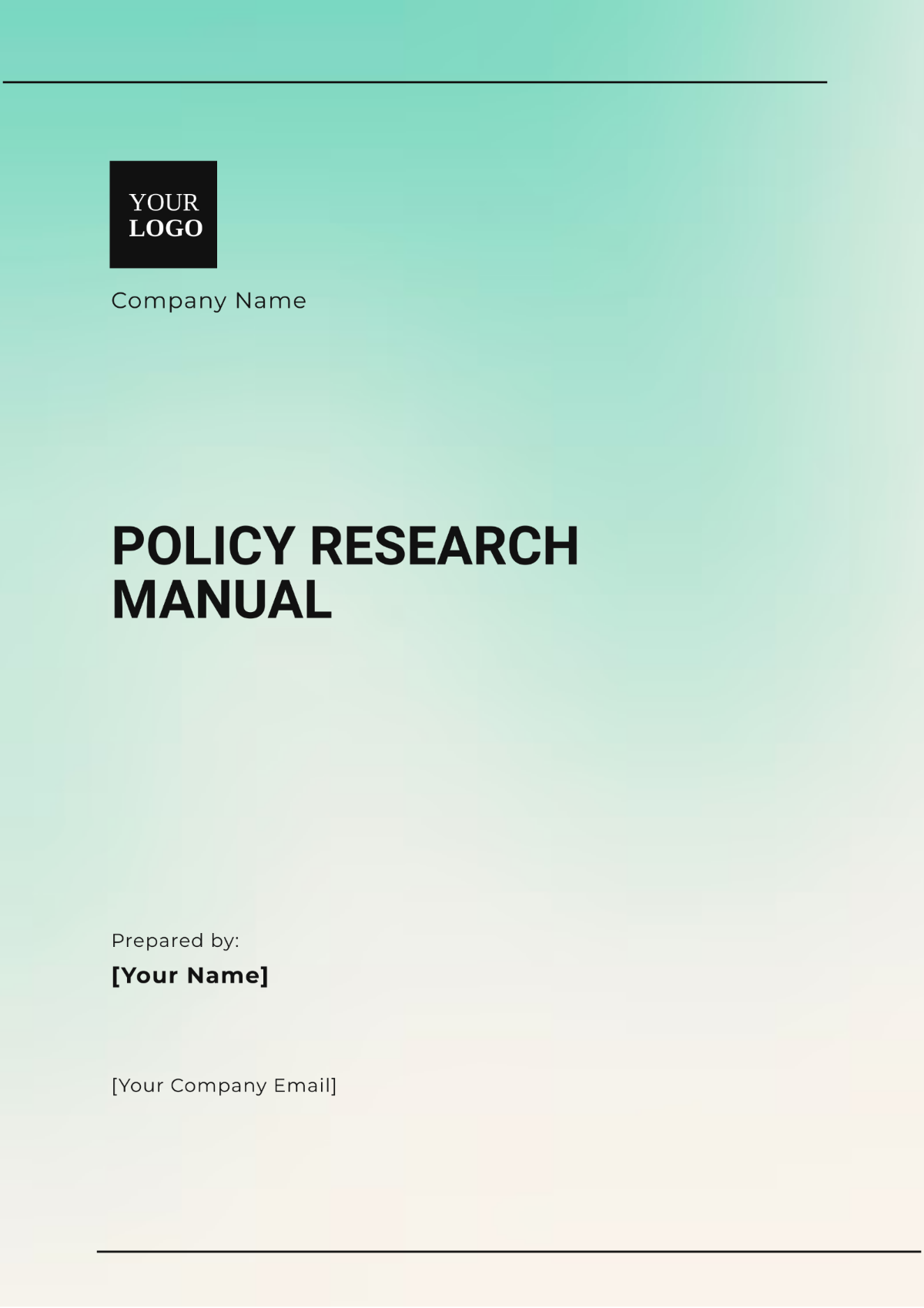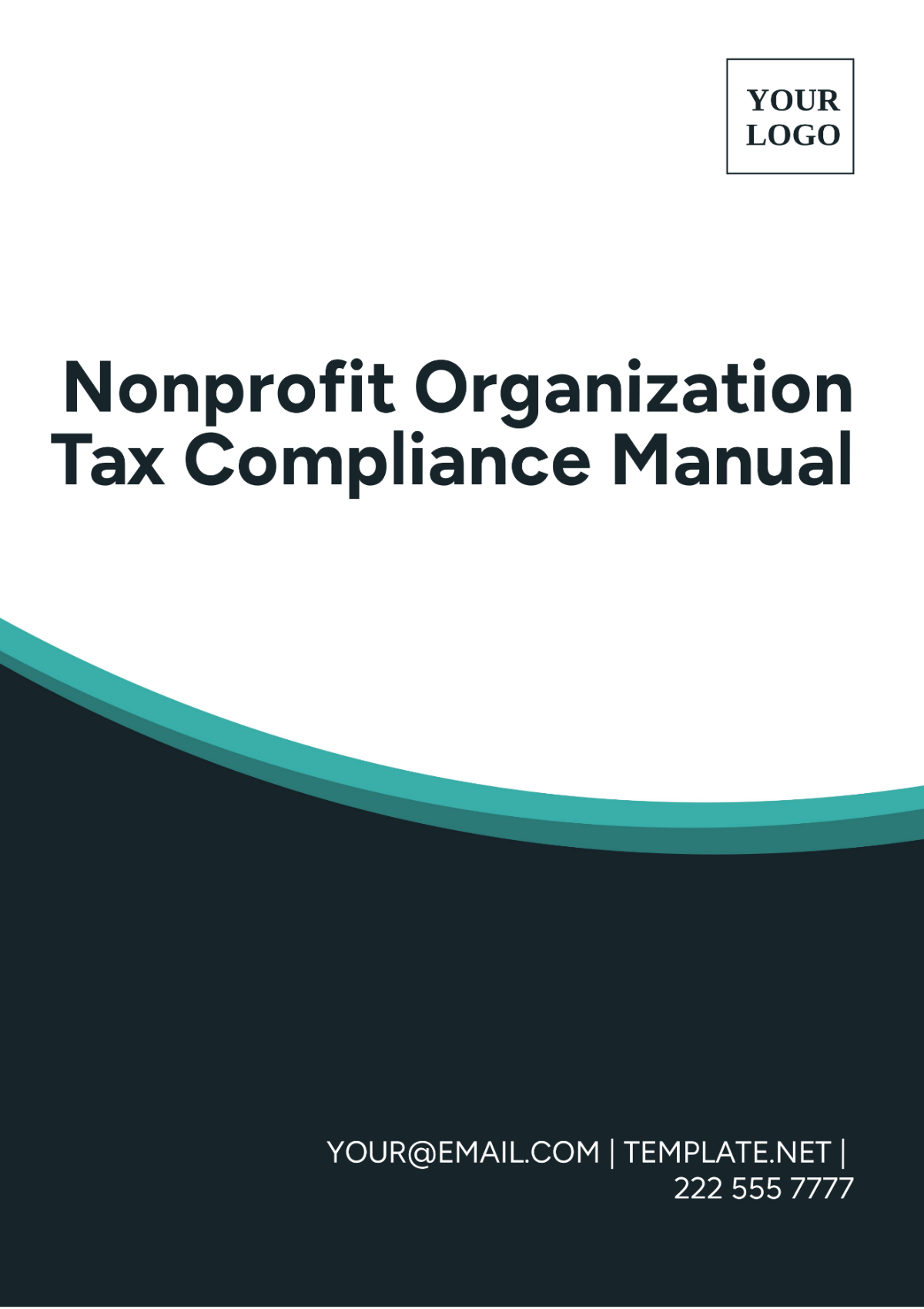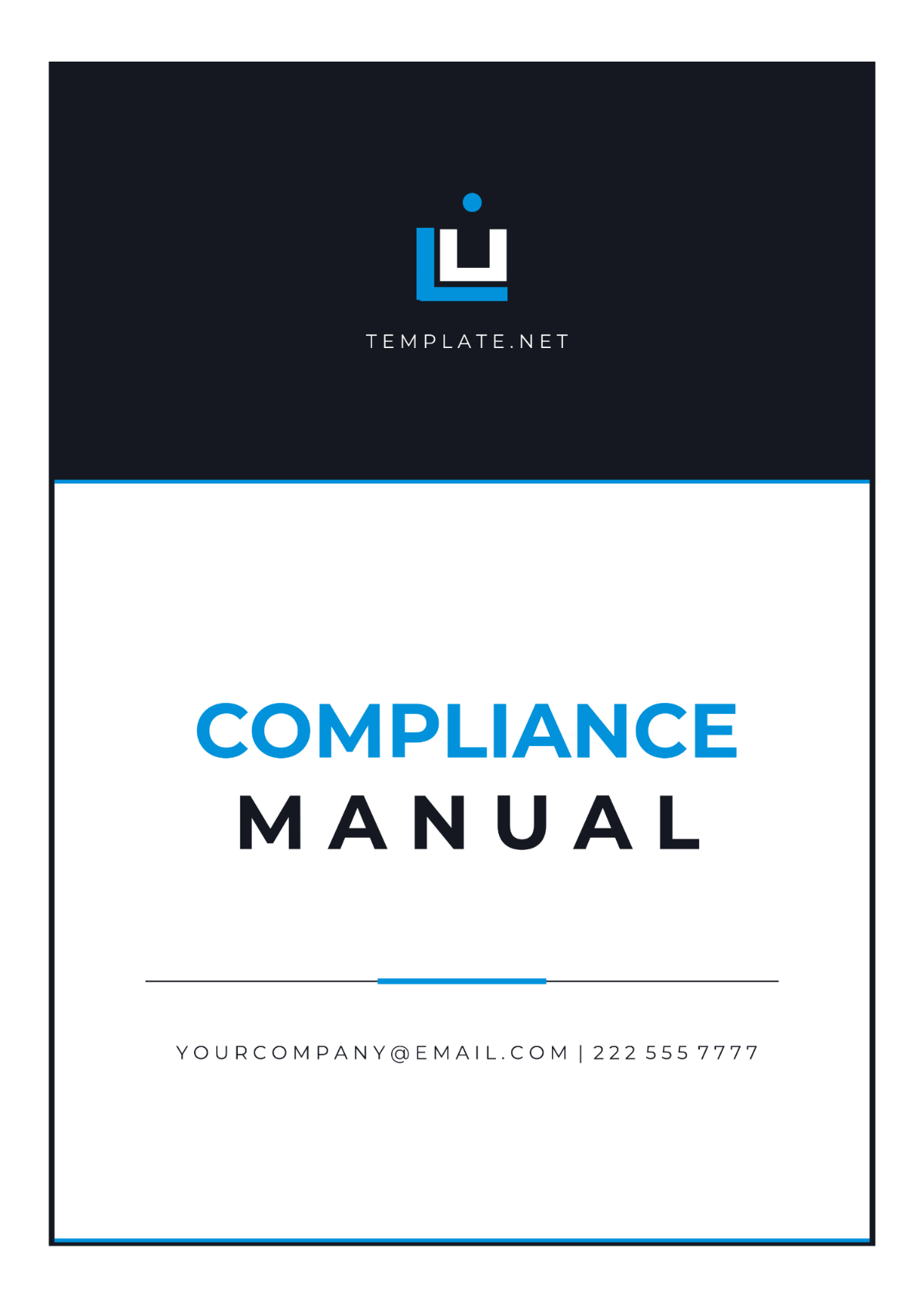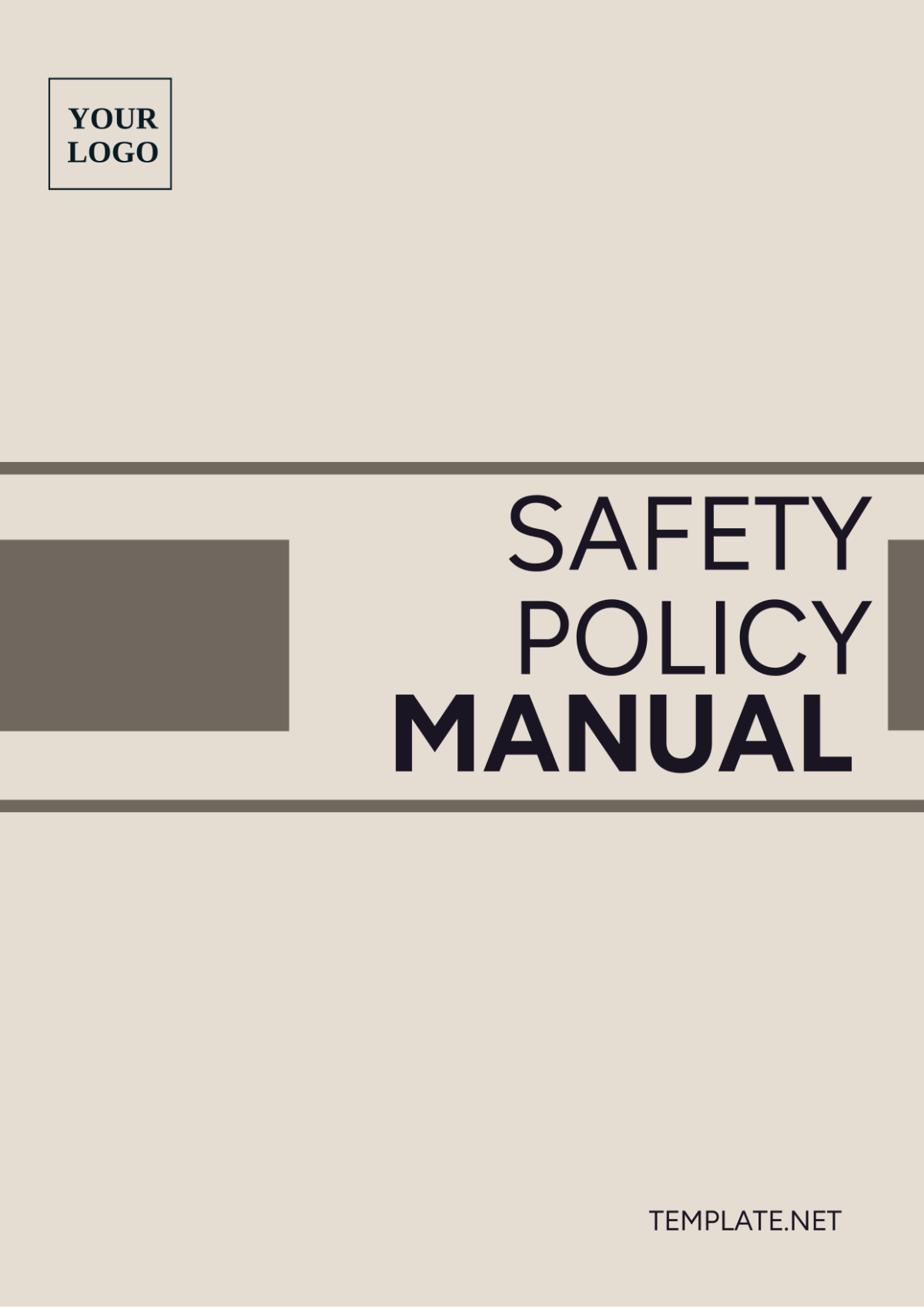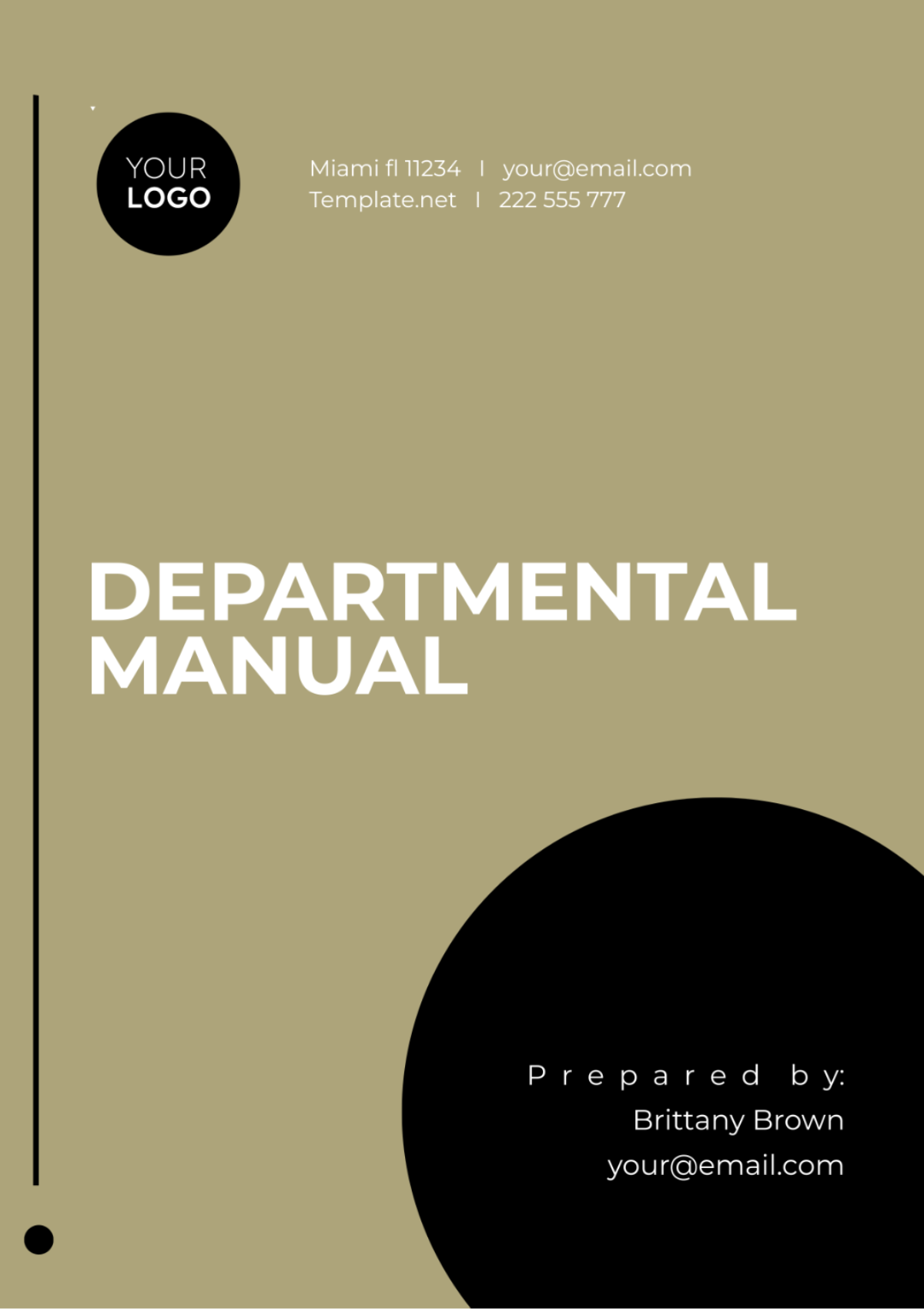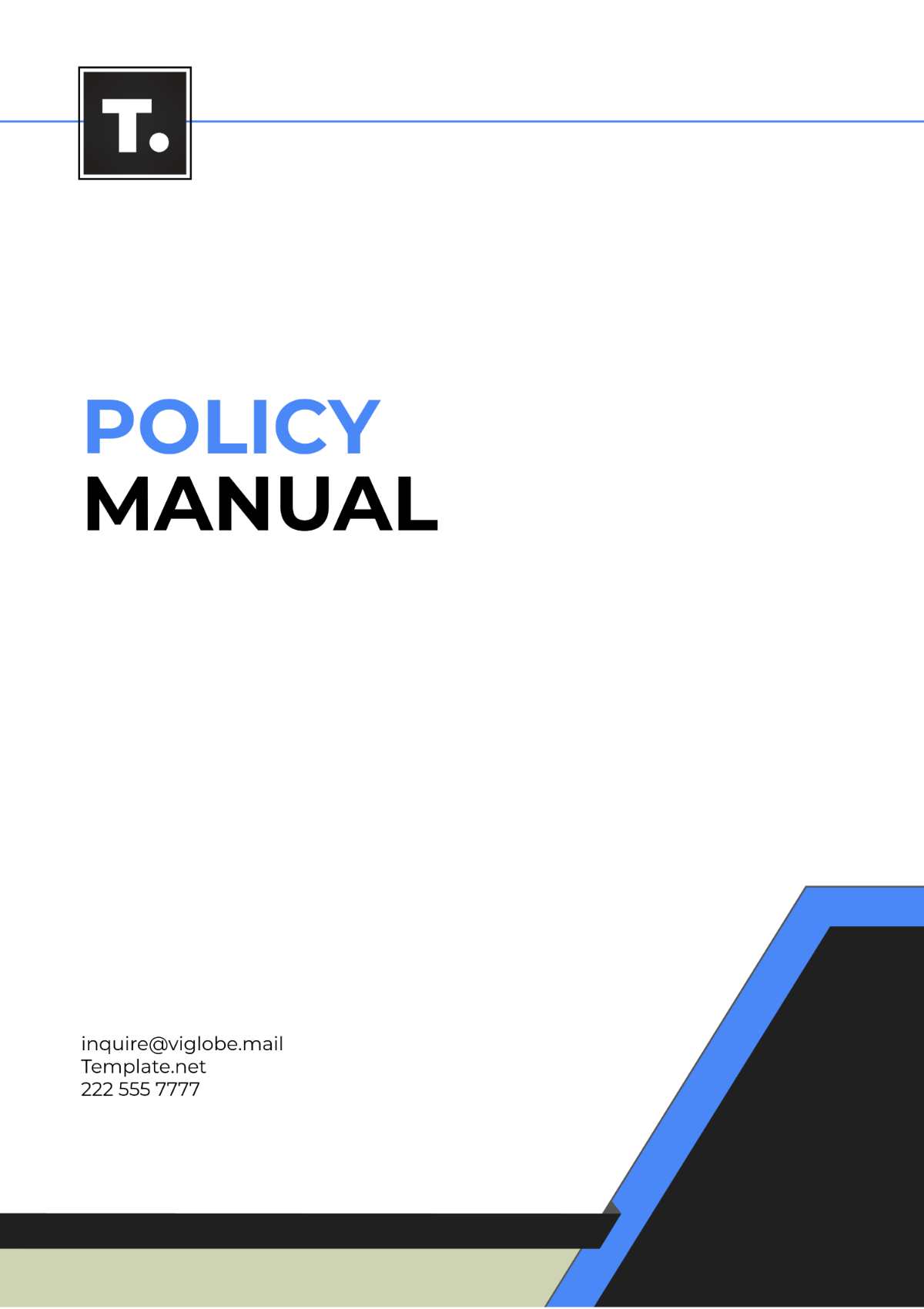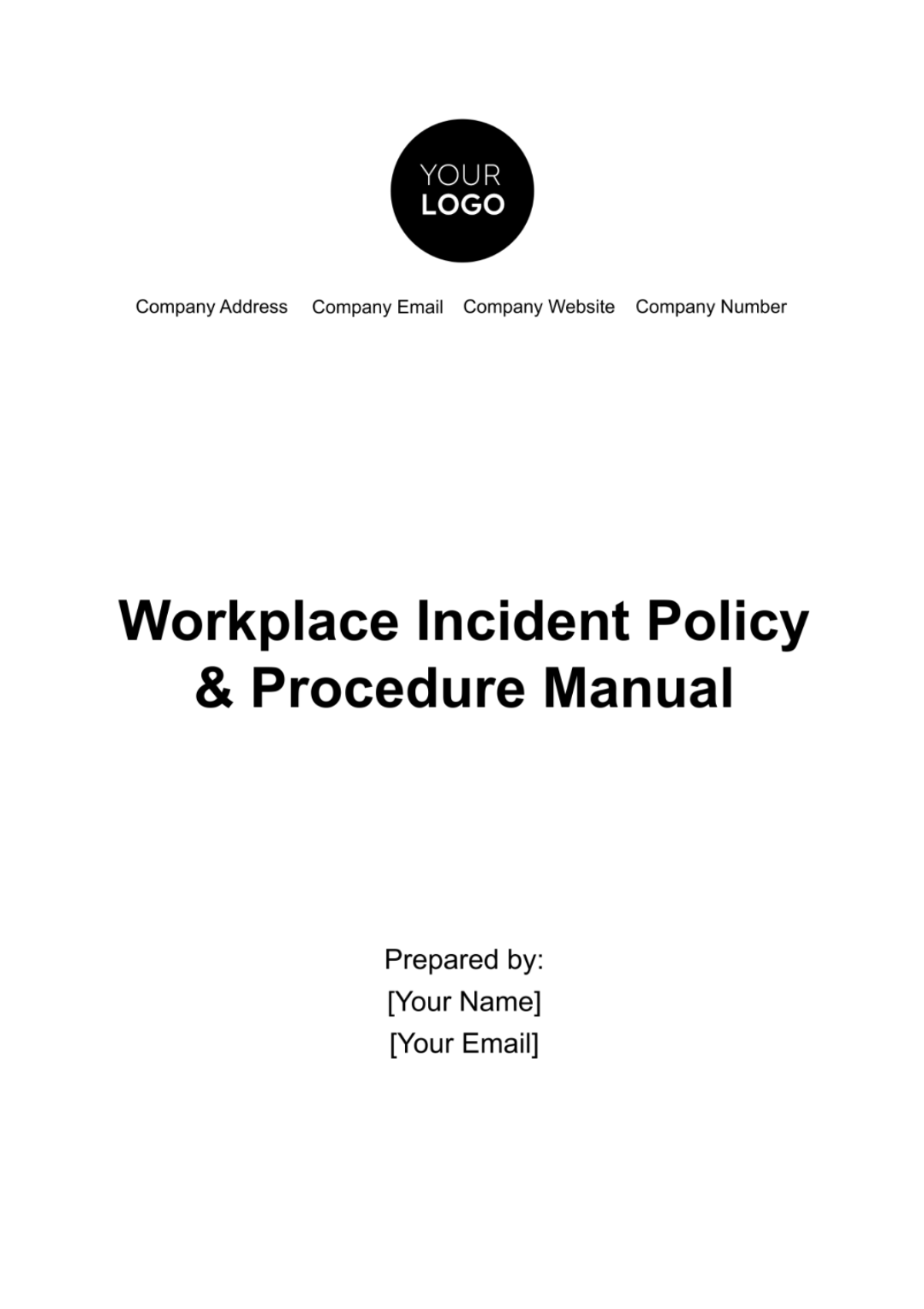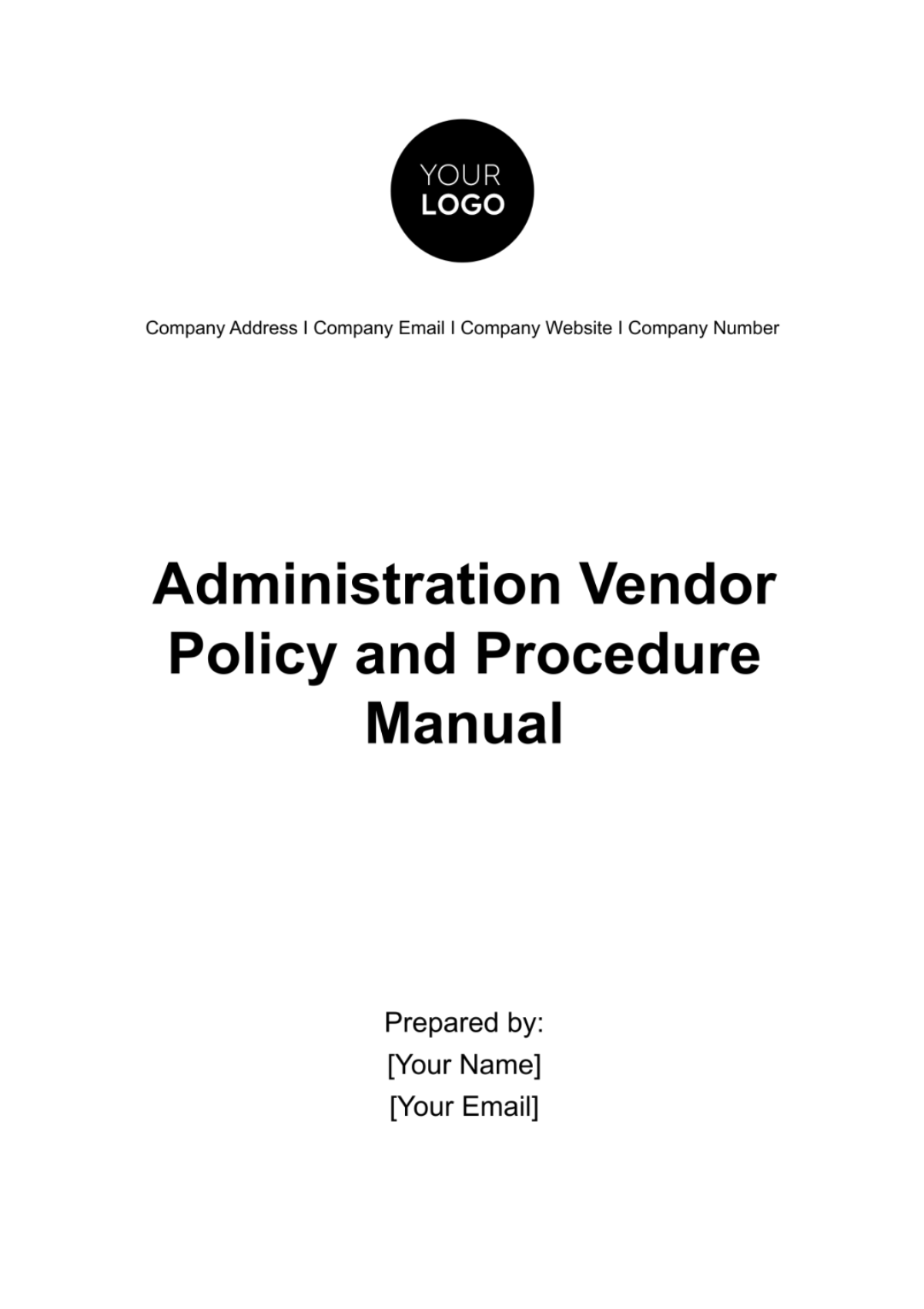Cultural Sensitivity & Integration Manual
TABLE OF CONTENTS
I. Introduction To Cultural Sensitivity............................................................................3
II. Cultural Awareness And Understanding...................................................................4
III. Communication Across Cultures..............................................................................5
IV. Respect For Cultural Differences.............................................................................6
V. Cultural Sensitivity In The Workplace.......................................................................7
VI. Cultural Sensitivity In Education..............................................................................8
VII. Cultural Sensitivity In Healthcare............................................................................9
VIII. Conclusion..............................................................................................................10
Introduction To Cultural Sensitivity
Cultural sensitivity, also known as cultural awareness or cultural competence, refers to the ability to recognize, respect, and adapt to the cultural beliefs, values, practices, and norms of individuals or groups from diverse backgrounds. It encompasses the capacity to appreciate the uniqueness of each culture while acknowledging our shared humanity. Cultural sensitivity is vital for several reasons:
Effective Communication | It enables effective and respectful communication, ensuring that messages are understood and received as intended, even when there are language and cultural differences. |
Conflict Prevention And Resolution | Cultural sensitivity helps prevent misunderstandings and conflicts that can arise from misinterpretations of behavior, gestures, or words rooted in different cultural contexts. |
Fostering Inclusivity | Cultural sensitivity promotes inclusivity by valuing and celebrating diversity, which is essential for building diverse and vibrant communities, organizations, and societies. |
Globalization And Business | In the era of globalization, cultural sensitivity is indispensable for international business success. Understanding the cultural nuances of target markets can make or break business ventures. |
Respect For Human Rights | Recognizing and respecting cultural differences is a fundamental aspect of upholding human rights and promoting social justice. |
The Benefits Of Cross-Cultural Understanding
Cultural sensitivity brings forth numerous benefits:
Enhanced Relationships | It fosters stronger and more meaningful relationships with people from different backgrounds, enriching our personal and professional lives. |
Empathy And Open-Mindedness | It cultivates empathy and open-mindedness, enabling us to see the world from different perspectives and challenging our own biases. |
Effective Problem Solving | Cultural sensitivity enhances our problem-solving skills by encouraging us to consider multiple viewpoints and solutions. |
Global Citizenship | It promotes the idea of global citizenship, where individuals and organizations recognize their roles in a global community and strive for positive contributions. |
Acknowledging Unconscious Bias
An essential step in developing cultural sensitivity is acknowledging and addressing unconscious biases. These biases are ingrained stereotypes and prejudices that affect our judgments and interactions without our conscious awareness. Recognizing these biases is a critical part of the journey toward cultural sensitivity, as it allows us to consciously challenge and change our automatic reactions and perceptions.
Cultural Awareness And Understanding
Cultural awareness and understanding form the foundational pillars of successful cultural sensitivity and integration. It's essential to start by building a solid grasp of the concepts, dimensions, and dynamics of culture to navigate the complex tapestry of the world's diverse societies. This section delves deeper into the critical components of cultural awareness and understanding:
Cultural Dimensions And Diversity
Cultural diversity extends far beyond what meets the eye. To gain a comprehensive understanding, explore cultural dimensions such as individualism-collectivism, high and low context communication, power distance, and uncertainty avoidance. These dimensions help you grasp the nuances that influence cultural behaviors and interactions. Recognize that individuals from the same cultural background may also have diverse perspectives due to personal experiences, upbringing, or exposure to other cultures.
Recognizing Stereotypes And Prejudices
Stereotypes and prejudices can hinder cultural sensitivity and integration efforts. Stereotypes are oversimplified and generalized beliefs about a particular group, while prejudices involve preconceived negative judgments based on someone's culture. These biases can lead to misunderstandings and discrimination. It's crucial to recognize your own biases and actively work to challenge and unlearn them. To deepen your cultural awareness and understanding, engage in activities such as:
Cultural Immersion | Immerse yourself in different cultural environments to experience firsthand the customs, traditions, and values of diverse communities. |
Reading And Research | Explore books, academic articles, and documentaries that delve into various cultures, providing insights into their history, language, and societal structures. |
Cross-Cultural Interactions | Engage in meaningful conversations and interactions with people from different cultural backgrounds. Listen actively and ask questions to learn about their perspectives and experiences. |
Travel | Traveling allows you to experience different cultures up close. It provides an opportunity to observe cultural practices and traditions in their native context. |
Cultural Training | Participate in cultural sensitivity training programs and workshops, which can offer structured guidance and practical skills for understanding and interacting with diverse cultures. |
Communication Across Cultures
Effective cross-cultural communication is essential for building meaningful relationships, fostering understanding, and avoiding misunderstandings. This section delves into the intricacies of communication across cultures, offering valuable insights and strategies for successful interactions.
Effective Cross-Cultural Communication
Cultural Communication Styles | Different cultures have varying communication styles. Some cultures may be more direct and explicit, while others prefer indirect and implicit communication. |
High- And Low-Context Communication | Some cultures rely heavily on context, non-verbal cues, and shared understanding (high-context), while others emphasize explicit verbal communication (low-context). |
Cross-Cultural Listening | Active listening is crucial in cross-cultural interactions. It involves not only hearing words but also paying attention to tone, body language, and cultural nuances. Ask clarifying questions to ensure you understand correctly. |
Non-Verbal Communication
Body Language | Different cultures interpret body language differently. For example, gestures that are innocuous in one culture may be offensive in another. Be mindful of your body language and learn about cultural differences in this regard. |
Facial Expressions | Facial expressions can convey emotions, but their interpretation varies across cultures. A smile may indicate happiness in one culture but politeness or nervousness in another. |
Eye Contact | The level of eye contact considered respectful varies. In some cultures, maintaining eye contact is a sign of confidence and honesty, while in others, it may be seen as confrontational or disrespectful. |
Adapting Communication Styles
Flexibility | Be prepared to adapt your communication style to match the preferences of the person or group you are interacting with. Flexibility is key to effective cross-cultural communication. |
Language Considerations | If you are communicating in a language that is not your native tongue or the other party's native language, be patient and open to language-related challenges. Use simple and clear language when necessary. |
Avoiding Assumptions | Avoid making assumptions based on a person's cultural background. Instead, approach each individual as a unique person with their own perspectives and experiences. |
Respect For Cultural Differences
Respecting cultural differences is a fundamental pillar of cultural sensitivity and integration. It involves acknowledging and valuing the diversity of traditions, customs, values, and beliefs that exist across various cultures. To foster genuine respect for cultural differences, consider the following aspects:
Cultural Norms And Values | Understand that different cultures have unique norms and values that guide behavior and interactions. |
Recognize that what may be considered polite or acceptable in one culture may not be the same in another. For example, bowing is a sign of respect in many East Asian cultures, whereas a handshake is common in Western cultures. | |
Taboos And Sensitivities | Be aware of cultural taboos and sensitivities. These are specific behaviors, words, or topics that are considered offensive or disrespectful in certain cultures. |
It's crucial to exercise caution and refrain from engaging in activities or discussions that might be offensive, even if unintentional. | |
Religion And Spirituality | Religion often plays a significant role in shaping cultural identity. Be respectful of people's religious beliefs and practices. |
Avoid scheduling important events or meetings during religious holidays or observances, and be mindful of dietary restrictions that may arise from religious practices, such as fasting during Ramadan. |
Cultural Sensitivity In The Workplace
The workplace is a dynamic and diverse environment where individuals from various cultural backgrounds come together to collaborate, innovate, and achieve common goals. Cultural sensitivity in the workplace is essential for creating an inclusive and harmonious atmosphere where all employees can thrive. This section of the manual delves into the key aspects of fostering cultural sensitivity within organizational settings.
Diversity And Inclusion
Understanding Workplace Diversity | Recognizing and celebrating the diversity of your workforce is the first step towards cultural sensitivity. It includes differences in ethnicity, race, nationality, gender, age, sexual orientation, and more. |
Inclusion | Cultural sensitivity goes beyond mere diversity; it involves actively promoting inclusivity. Inclusive workplaces value the unique perspectives and contributions of all employees, regardless of their cultural backgrounds. |
Creating An Inclusive Work Environment
Leadership Commitment | Leaders and managers play a crucial role in setting the tone for cultural sensitivity. A commitment to inclusivity must be demonstrated from the top down. |
Policies And Procedures | Implementing policies and procedures that support diversity and inclusion is vital. This includes anti-discrimination policies, diversity training, and clear guidelines for addressing cultural conflicts. |
Flexible Work Practices | Consider accommodating cultural differences in work practices, such as flexible schedules to accommodate religious observances or cultural holidays. |
Managing Multicultural Teams
Cross-Cultural Communication Training | Offer training in cross-cultural communication to help team members navigate potential communication challenges and conflicts effectively. |
Conflict Resolution | Develop culturally sensitive conflict resolution strategies. Ensure that conflicts are addressed promptly and fairly, taking cultural nuances into account. |
Cultural Sensitivity In Education
Cultural sensitivity in education is a critical component of fostering inclusive and equitable learning environments. It acknowledges the diverse cultural backgrounds and identities of students, educators, and staff within educational institutions and aims to create an atmosphere where every individual feels respected, valued, and empowered to succeed. This section delves deeper into the various aspects of cultural sensitivity in education:
Culturally Inclusive Curriculum
Curriculum Development | To promote cultural sensitivity, educators should ensure that the curriculum reflects a diverse range of perspectives, historical events, and cultural contributions. This includes integrating materials and content that represent various ethnicities, races, genders, and socioeconomic backgrounds. |
Multicultural Literature | Incorporating multicultural literature and texts into reading lists can expose students to different cultures and worldviews, fostering empathy and understanding. |
Building Cultural Competence In Schools
Teacher Training | Cultural sensitivity training for educators is essential. Teachers should be equipped with the knowledge and skills needed to address cultural diversity in the classroom effectively. |
Professional Development | Ongoing professional development opportunities should be provided to educators, allowing them to continually enhance their cultural competence. |
Cultural Sensitivity In Healthcare
In the field of healthcare, cultural sensitivity is of paramount importance. Patients come from diverse cultural backgrounds, each with its unique beliefs, practices, and expectations regarding health and illness. To provide effective and equitable healthcare services, it is essential for healthcare professionals to embrace cultural sensitivity.
Cultural Competence In Healthcare
Cultural Awareness | Healthcare professionals should continually educate themselves about the cultures they serve. They should recognize that cultural backgrounds influence patients' health beliefs and behaviors. |
Communication | Effective cross-cultural communication is crucial. It may involve the use of interpreters, bilingual staff, or language assistance services to ensure clear and accurate communication. |
Cross-Cultural Patient Communication
Understanding Beliefs And Practices | Healthcare providers should inquire about patients' cultural beliefs and practices that may affect their healthcare decisions. |
Building Trust | Building trust is essential. Patients are more likely to follow treatment plans when they trust their healthcare providers. |
Conclusion
This Cultural Sensitivity & Integration Manual emphasizes the importance of understanding, respecting, and integrating diverse cultural perspectives. Key takeaways include cultivating cultural awareness, fostering effective communication, promoting diversity and inclusion in workplaces and communities, addressing health disparities, and committing to lifelong learning. By embracing cultural sensitivity, individuals and organizations can contribute to a more inclusive and harmonious global society that celebrates the richness of our varied cultures.
